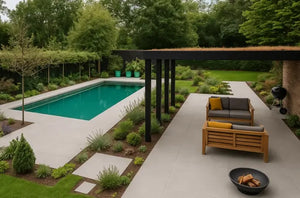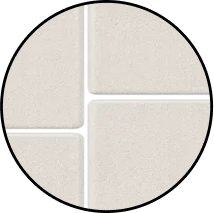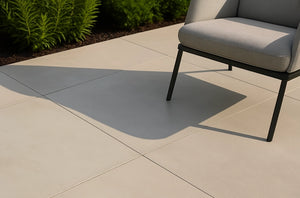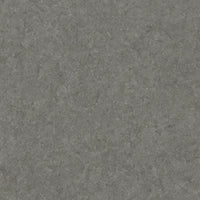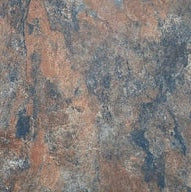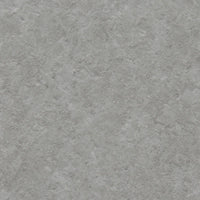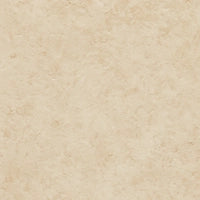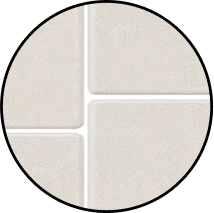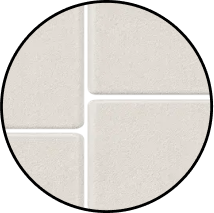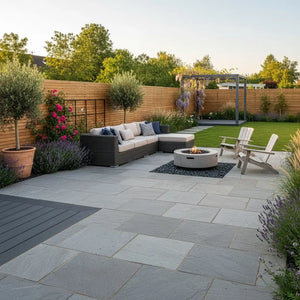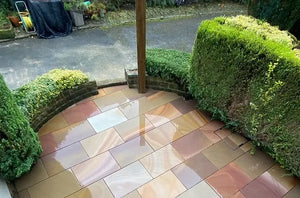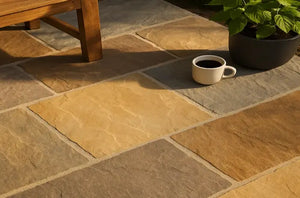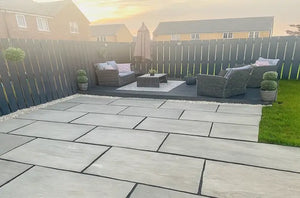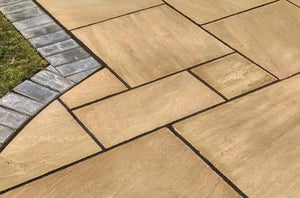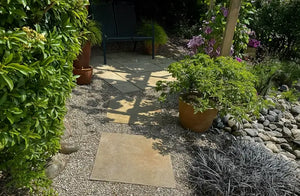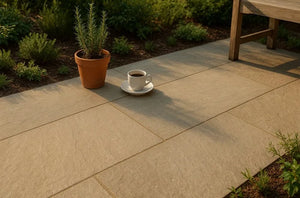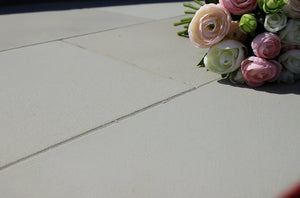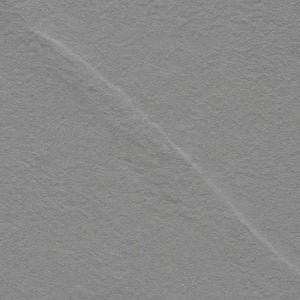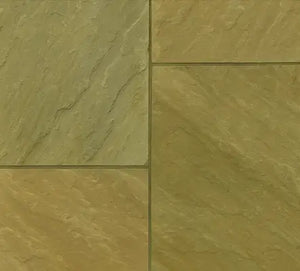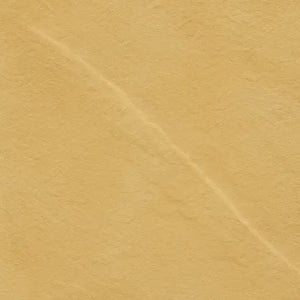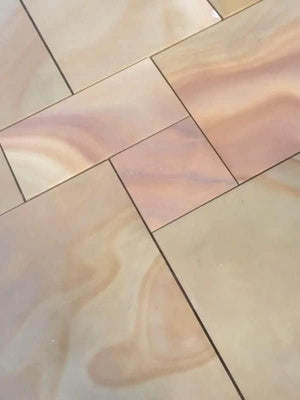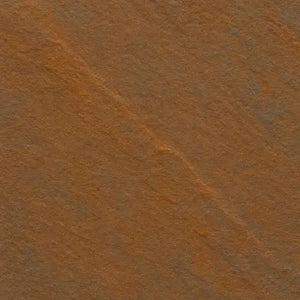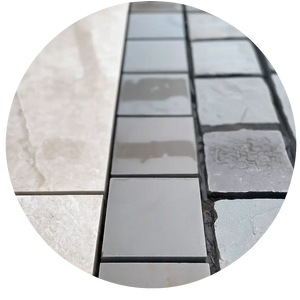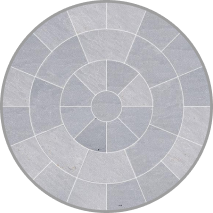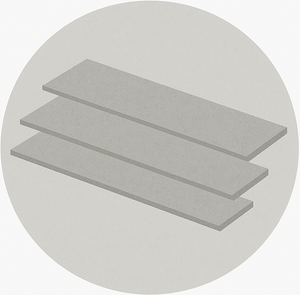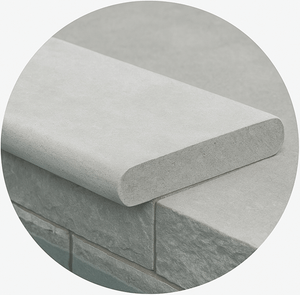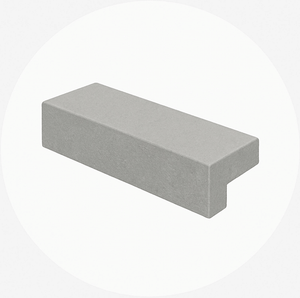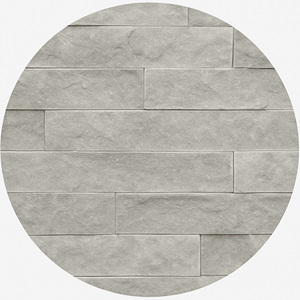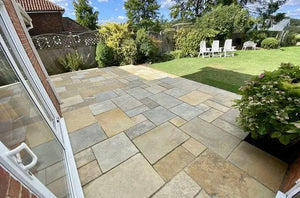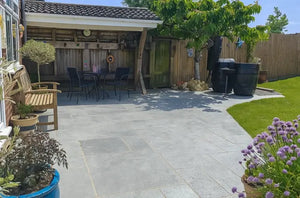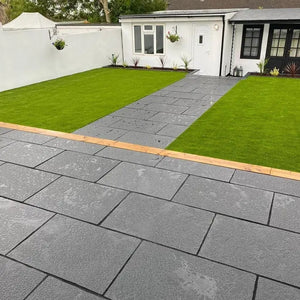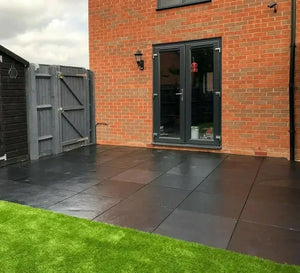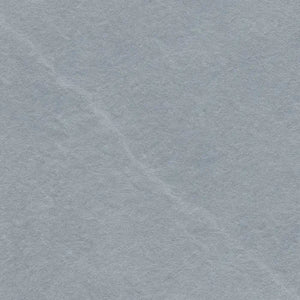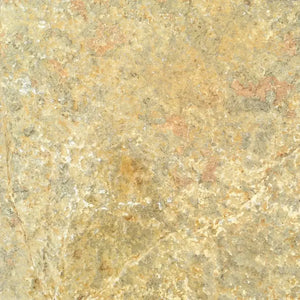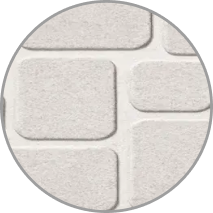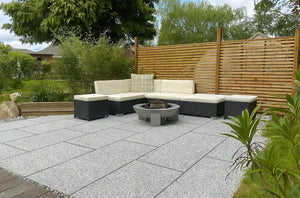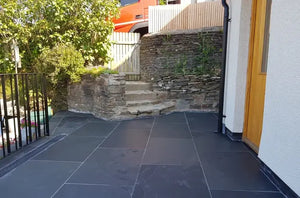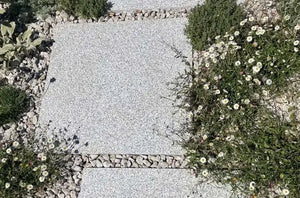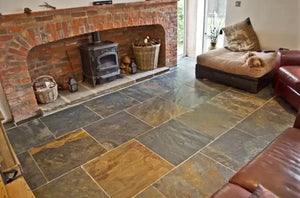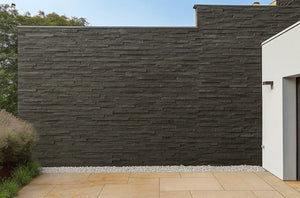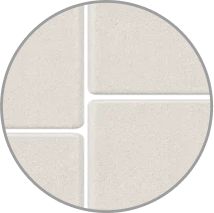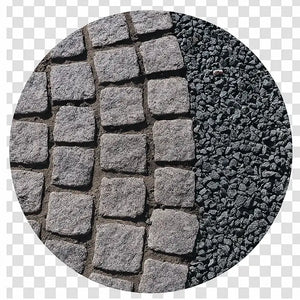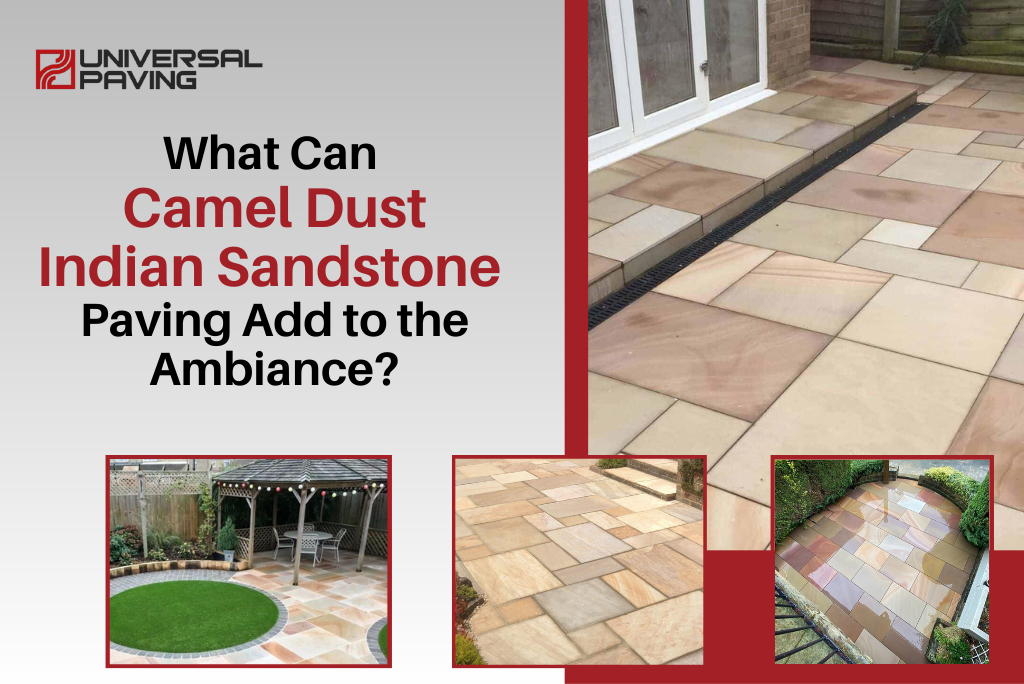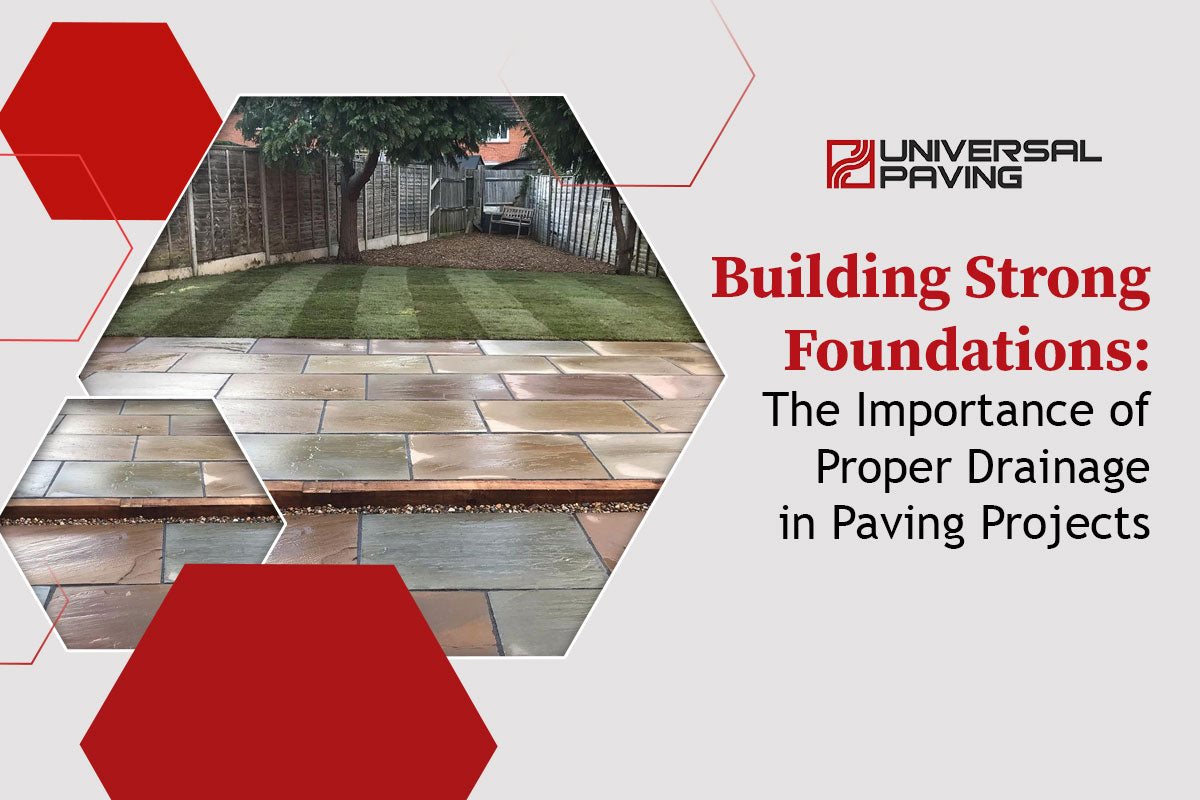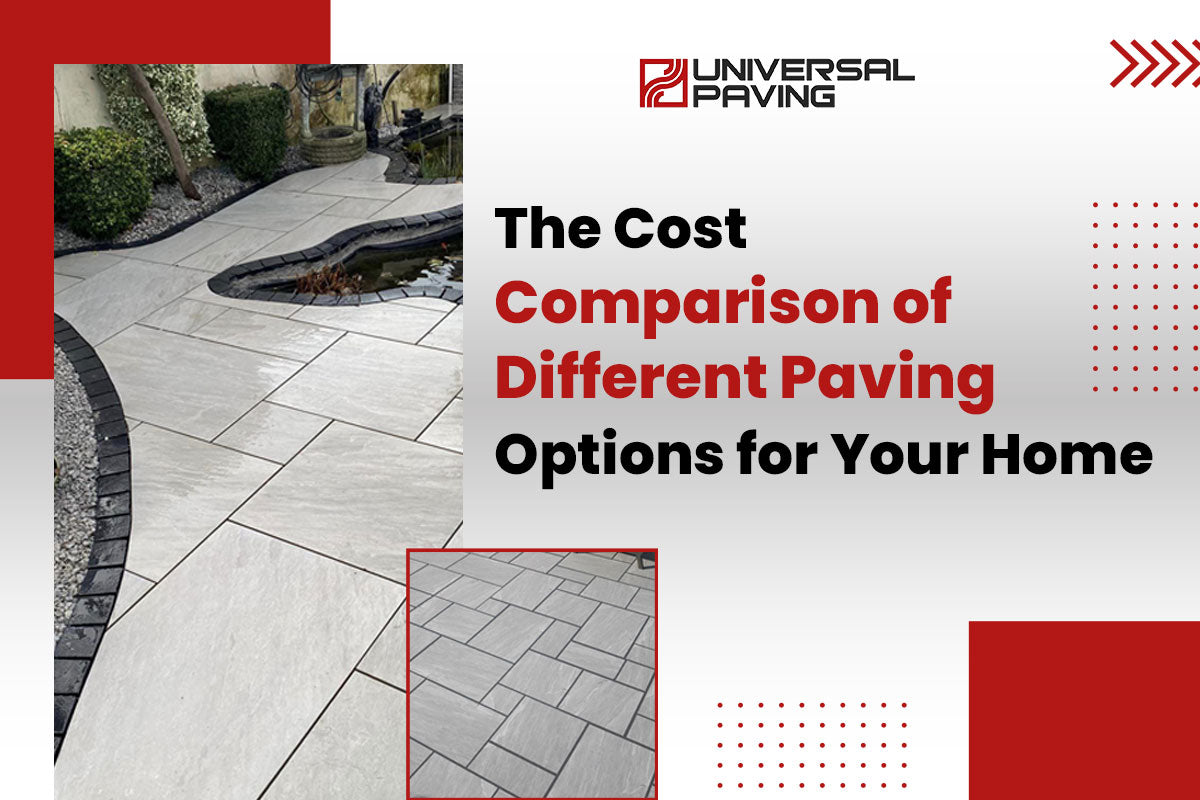
The Cost Comparison of Different Paving Options for Your Home
When you are paving your driveway or walkway, there are many factors to consider. The cost of the project is certainly one important consideration. But how do you know which paving option is the most cost-effective? Here is a comparison of the costs of different types of paving materials. Hopefully, this will help you make an informed decision about which material to choose for your home paving projects.
Asphalt Vs. Concrete - What's the Difference and Which One is More Expensive?
Asphalt and concrete are both popular sandstone paving solutions with their own unique advantages and disadvantages. Asphalt is a cost-effective choice because it’s easier to install, but the downside is that it needs to be resurfaced more frequently than concrete. Concrete, on the other hand, lasts longer but is more expensive for installation. Both materials offer distinct benefits - asphalt offers low maintenance and affordability whereas concrete provides greater longevity - so ultimately it depends on what you prioritize in your sandstone paving needs. To get the best bang for your buck, some opt for a combination of asphalt and concrete solutions.
Also, Read: What Can Camel Dust Indian Sandstone Paving Add to The Ambiance?
The Cost of Installation - Do You Need to Hire a Professional or Can You Do It Yourself?
Many people are turning to projects that they can do on their own in order to save money. Installing Indian sandstone paving slabs is one of these. While some may opt to hire a professional, the steps required can be completed by a confident DIY-er. Primarily, installation requires the right tools and materials, along with knowledge of cutting, leveling and adhering things together. Taking this route typically costs far less but it's important to make sure that you understand how best to do the project before trying it yourself without someone experienced there or without adequate research. That said, taking on indian sandstone paving slab installation as a DIY project could be an affordable and rewarding endeavor.
Maintenance Costs - How Often Will You Need to Reseal or Repair Your Paving Job?
Paving jobs can last for decades if maintained properly. To ensure durability, it is important to reseal or repair a paving job periodically. Typically, resealing should occur every two to five years and repairing step cracks or slab collapses should be done when necessary. However, the exact frequency and type of maintenance will depend on the materials used, how well they were installed, how much wear and tear they experience, and your budget. When considering the cost of installation and maintenance, it is important to factor in how much use your paving job will receive and its intended purpose to determine the longevity you need. With careful consideration and regular maintenance, your paving job will continue look great for many years down the road!
Also, Read: Understanding the Benefits of Sawn and Honed Indian Sandstone
Life Expectancy - How Long Will Your Paving Job Last Before Needing to Be Replaced?
Paving is an investment in your home or business. It adds aesthetic appeal, value, and longevity to your property. But just how long can you expect this paving to last before needing to be replaced? Fortunately, properly done paving typically holds up well and is resistant to weathering even if it is exposed to natural elements on a regular basis. With the right combination of elements such as quality materials and proper installation techniques, life expectancy can range anywhere from 10-15 years or longer depending on the conditions of the surface area. Of course, periodic maintenance and upkeep using professional services can help elongate life expectancy by minimizing the wear and tear that happens over time.
Aesthetics - What Kind of Look Are You Going for With Your Paving Job, and How Does That Affect Cost?
When planning a paving job, aesthetics is an important consideration. Carefully chosen design elements can add beauty and value to a home's outdoor spaces. From the crisp clean lines of contemporary stone pavers to the warmth of cobbled bricks, there are plenty of options when it comes to creating a striking aesthetic that will last for years to come. Knowing what look you're going for and how much you're willing to invest upfront can affect your budget significantly. Quality materials generally come with higher price tags than budget-focused options; however, they are often more durable and may serve as better long-term investments in the overall look of your landscape. Ultimately, finding an aesthetically pleasing design that fits within your budget ensures that your paving job both looks good and lasts for many years to come.
Asphalt and concrete have their distinct advantages and disadvantages when it comes to paving jobs. Knowing what kind of cost you're looking at based on the type of material, installation and ongoing maintenance needs, as well as the desired aesthetic, are key factors to consider when making your decision. In any case, whichever surface you choose will pay for itself over the long run in terms of longevity, attractiveness, and value. Whether you prefer asphalt or concrete for your paving job, it's worth doing your research to ensure you find a solution that fits both your budget and expectations.
Also, Read: How to Maintain and Extend the Life of Your Paved Surfaces?

